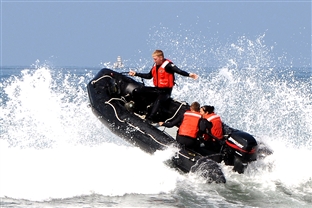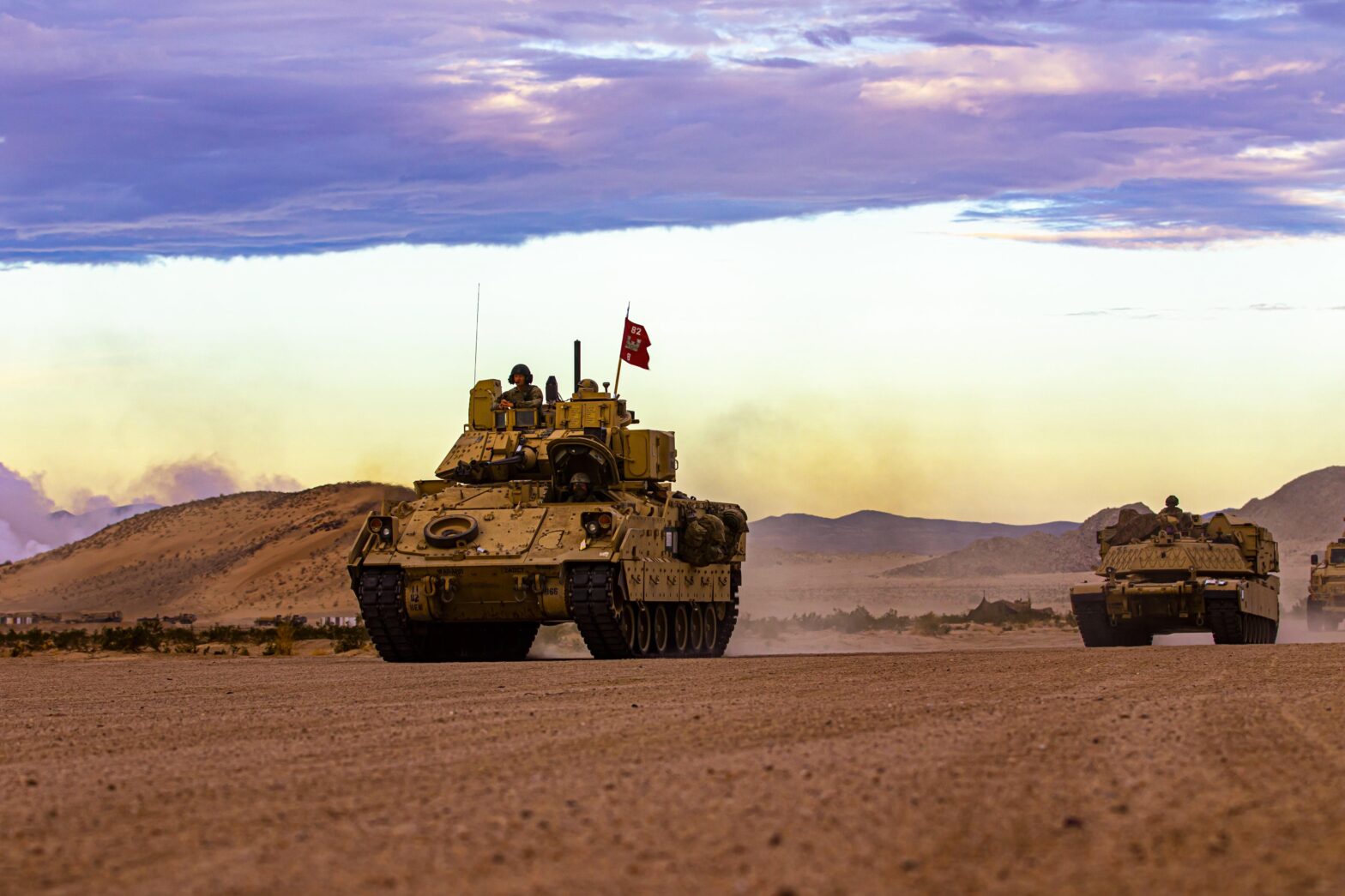Force = Mass x Acceleration.
Maintaining position against an external force requires the ability to counteract both the mass and the acceleration components. You need to have the physical output capabilities, like strength, to hold your position. But strength alone isn’t enough to hold your position.
Take bull riders for example. In order to stay on that bull he has to have grip, core, hip adductor, neck, and shoulder strength.
But he can’t just muscle his way to maintaining balance and his position against a 2000-pound bull. He must have the skill to react to the acceleration component of the force. To quickly sense the angle of the acceleration and create the appropriate muscle contractions to stay centered. This is where training the vestibular and somatosensory systems comes in.
The athletes performing at the highest levels in these sports don’t only have the strength and sport specific skills, but the ability to control their position against the accelerative aspect. This includes the unpredictable planes the forces are created from, and the speed that all that information occurs at. It is the ability to handle all of that, and the pain, that distinguishes elite athletes.
While as a tactical athlete you won’t be riding bulls, you will be exposed to external forces that you must maintain your position against.

It doesn’t matter if you’re on a Helicopter, Bradley, or Zodiac, you are going to experience external forces, like turbulence, a rough road, or choppy seas, that threaten your ability to maintain your position.
Maintaining your position against external forces requires both physical strength and sensory components. Make sure you don’t miss out on training half of the equation, train your vestibular and somatosensory systems too.
